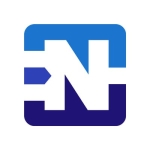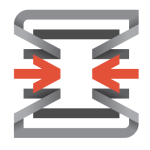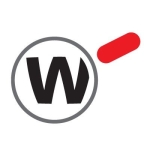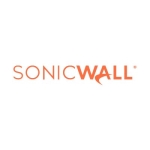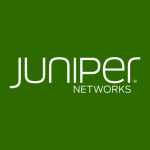What is our primary use case?
Our company works in developing and delivering online gambling platforms. The Check Point NGFWs are the core security solution we use to protect our DataCenter environment located in Asia (Taiwan). The environment has about ~50 physical servers as virtualization hosts, and we have two HA Clusters consist of 2x5400 hardware appliances, managed by an OpenServer Security Management Server on a Virtual Machine (KVM), all running on R80.10 with the latest JumboHotfix. The Clusters serve as firewalls for both inter-VLAN and external traffic.
How has it helped my organization?
The overall security of the environment has been greatly improved by the Check Point NGFWs. Before implementing this solution we have to rely on the Cisco ACLs and Zone-Based firewall that we had configured on switches and routers, which in fact a simple stateful firewall, and currently not an efficient for protecting from advanced threats. The Check Point NGFWs brought up the security level with the help of the advanced software blades - we use Application Control, URL Filtering, IPS, Anti-Bot, and Antivirus. The setup was simple, and the performance is great - we have significant resources to expand the environment in the future without disabling any blades and thus maintaining the security on the same, high level.
What is most valuable?
1. Advanced logging capabilities - our support team on duty constantly monitors the security logs in the SmartConsole, and notifies the security team in case of major alerts.
2. Advanced networking and routing features - we use Proxy ARP to announced virtual IPs to ISP and bing domain names to it; BGP for dynamic routing over IPSec VPN tunnels to other environments, and Policy-Based Routing for connecting to two ISPs.
3. The new Policy Layers feature for building up the Access Control policy - the rules are now more understandable and efficient.
What needs improvement?
The pricing for the Check Point products should be reconsidered - we found it to be quite expensive to purchase and to maintain (the licenses and the support services need to be prolonged regularly).
We also had several support cases opened for software issues (e.g. unstable BGP sessions over VPN tunnels), which, in our opinion, took too long to resolve - up to one month.
Also, even so, the new SmartConsole is declared to be unified starting from version R80.10, there are still some features that have to be configured in the old SmartDashboard (e.g. Mobile Access policy and Antivirus), or on the Gaia OS level (all the routing features).
For how long have I used the solution?
We have been using the Check Point Next-Generation Firewalls for about 3 years, starting from late 2017.
What do I think about the stability of the solution?
In general, the solution is stable, but we still have had some support cases opened and have to install the JumboHotfixes on a regular basis to fix the minor bugs. Please note that the current version of the software we use - R80.10 - is not the latest one (R80.40).
What do I think about the scalability of the solution?
The solution is scalable - we use the Active-Standby Clusters, but could switch to Active-Active and add additional Gateway nodes if needed.
How are customer service and technical support?
We have had several support cases opened. Some of the were resolved by installing the latest recommended JumoHotfix, some required additional configuration on OS kernel level (e.g. TCP MSS clamping). The longest issue took about one month to be resolved, which we consider too long.
Which solution did I use previously and why did I switch?
We relied on the ACLs and Zone-Based firewalls of the Cisco switches and firewalls, which doesn't provide sufficient security protection against the modern advanced threats.
How was the initial setup?
The equipment has been delivered on time, without delays. The setup was straightforward. The configuration was easy and understandable.
What about the implementation team?
In-house team - we have a Check Point Certified engineer.
What's my experience with pricing, setup cost, and licensing?
Use the Check Point Performance Sizing Utility to measure and estimate the hardware needed to purchase for your environment.
Which deployment model are you using for this solution?
On-premises
Disclosure: My company does not have a business relationship with this vendor other than being a customer.




